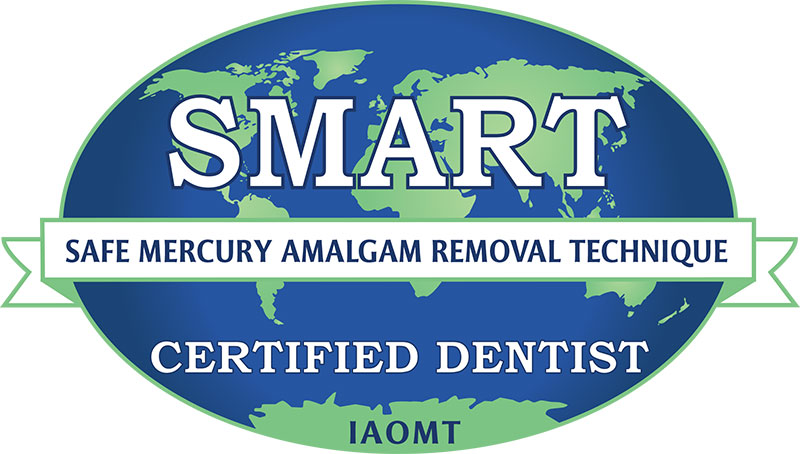The most common question patients have is about the duration of the Invisalign treatment. It’s essential to have an initial discussion with your orthodontist to understand your specific treatment plan and timeline. This will ensure you have realistic expectations and a clear plan and timeline for achieving your desired smile.
Timeline summary for orthodontic treatment using Invisalign:
- During the Initial Consultation, your dentist will perform an orthodontic Assessment of your teeth and will discuss your dental concerns and wishes. This visit includes X-rays, photos, and intraoral 3D scanning.
- Treatment Plan will be created following your orthodontic assessment, a to outline the type and extent of your tooth movement and the estimated extent of your treatment.
- Manufacturing of the Invisalign aligners may take a few days to a week.
- Wearing Aligners: Aligners must be worn for 20 to 22 hours daily, but you can remove them during eating and oral hygiene. Aligners are changed every 5 to 14 days, as your dentist advises.
- Regular Check-ups are arranged for you to monitor the progress of teeth movement and to make any necessary adjustments.
- Final adjustments may be requires to completing the treatment. It will be using additional aligners to improve the treatment outcome.
- Retention Phase: When you and your dentist are completely pleased with the treatment outcome, the Retention Phase include wearing retainers to maintain the teeth alignment by preventing teeth from moving to their original positions.
The length of time required for Holistic Invisalign treatment varies significantly based on factors. On average, treatment can take anywhere from 4 to 24 months based on the severity of the misalignment, age, compliance, and complexity of the treatment case.
Factors Affecting Invisalign Treatment Duration
During Initial Consultation and Planning, a customised treatment plan will be created, which will outline the expected treatment duration based on:
- Severity of Misalignment:
Mild Cases with slight crowding or spacing require minor adjustments, which can take 4 to 12 months.Moderate Cases involving more severe misalignment, including moderate crowding or bite issues, may require 12 to 18 months of treatment.Severe Cases presenting with severe orthodontic issues, such as severe crowding, large gaps, or complex bite problems, may require 18 to 24 months or even longer. - Age of the Patient:
Teenagers and younger patients with less mineralised bones and teeth potentially require shorter treatment time than adults.Adults with mature, well-mineralised bone require shorter treatment time compared to adults. - Compliance with Treatment:
Wearing Aligners: Compliance with wearing aligners for 20 to 22 hours per day results in optimal effectiveness, while failure in patient cooperation can lead to a prolonged treatment time.Changing aligners on scheduled timing diligently is important for tracking and progressing movement.Clinical studies have proved that compromising compliance with Treatment may adversely affect the planned magnitude of the teeth movement, leading to treatment failure due to poor-fitting aligners known as “non-tracking”. - Complexity of the Case:
Tooth Movement: The type and extent of tooth movement influence the duration of treatment. For example, rotating teeth or moving them vertically may take longer than simple lateral movements.Additional attachments and Refinements in complex movements or refinements can add to the treatment time.
The insufficiency of the planned tracking may increase with increased orthodontic complexity and discrepancy in tooth malposition. Factors described below may be accountable for reducing orthodontic treatment movement and success:
Reduced aligners wearing time,
Inherent anatomic and physiological dentoalveolar variations,
Exceeded demand on individual tooth movement per aligner,
Under-designed or suboptimal force vectors and anchorage system in each aligner,
Individual physiological variations in bone turnover rate and magnitude
Could Accelerated Orthodontics reduce the treatment time?
The digitally designed and fabricated series of clear aligners result in gradual toot movement into the desired alignment.
Dentists in London Specialists Dentists have experienced that most patients improve compliance to wearing aligners for 22 hours daily. However, the increased length of the treatment time is dictated by the increased complexity of each case, the number of aligners and the time interval between usually every two weeks.
Accelerated Orthodontics stimulates the alveolar bone metabolic activity and bone remodelling, which fastens tooth alignment.
It allows the change of your Invisalign aligners to every 5-7 days versus 14 days. It also allows us to resolve the posterior crowding without needing teeth extraction.
Accelerated Orthodontics enables Dr Nico Kamosi to correct complex teeth movements, which is impossible when using Invisalign alone.
Accelerated Orthodontics can be performed in-office in minutes with minimal patient discomfort.

